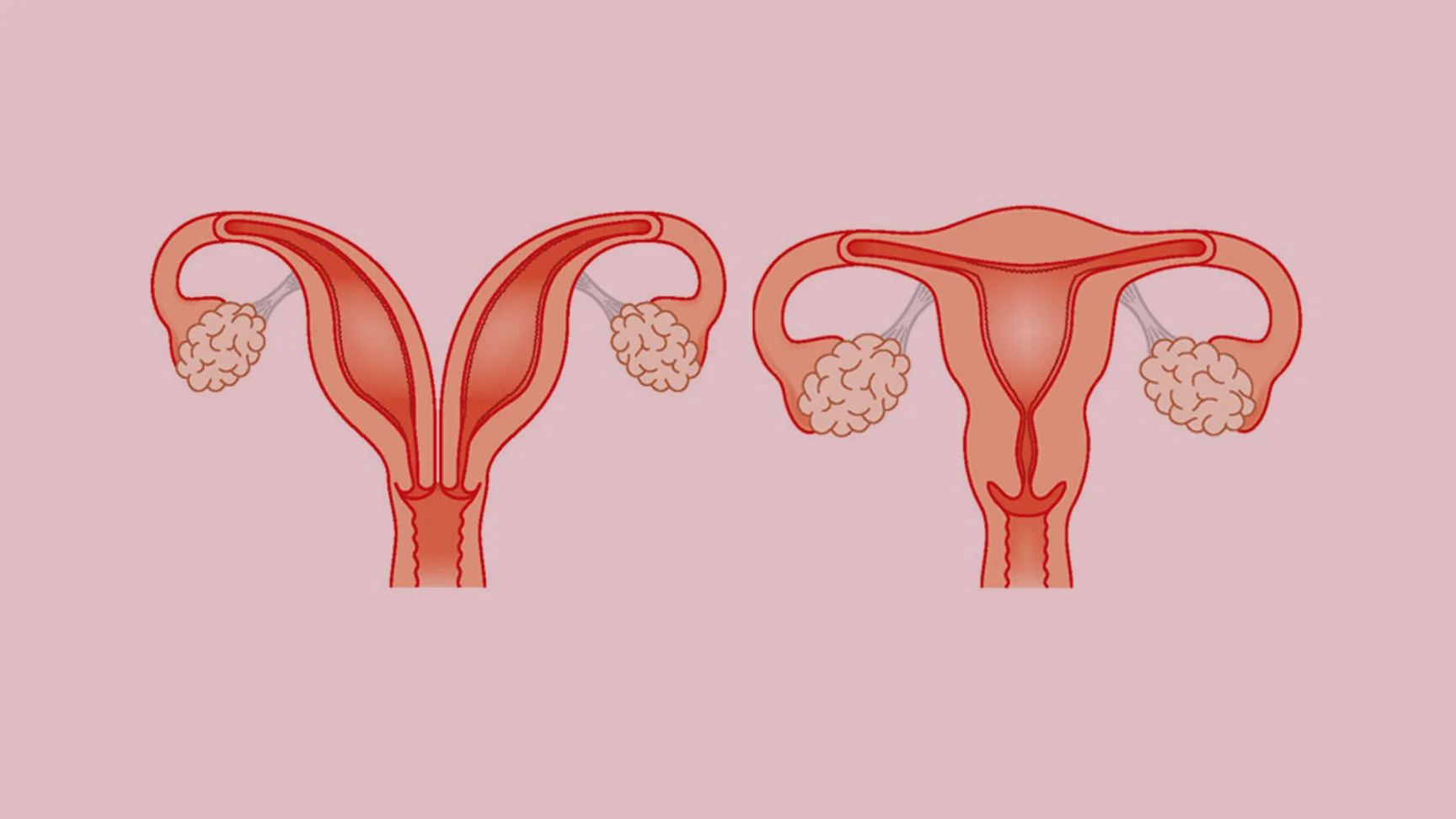Preterm Labor & Placental Abnormalities

Preterm labor refers to the onset of labor before 37 completed weeks of pregnancy. It is a leading cause of neonatal complications and can result in long-term health issues for the baby. Several factors may contribute to preterm labor, including infections, multiple pregnancies, uterine or cervical abnormalities, and previous history of preterm birth. Symptoms such as regular uterine contractions, lower back pain, pelvic pressure, or changes in vaginal discharge should be promptly evaluated. Management may include medications to delay labor, corticosteroids to enhance fetal lung maturity, and close monitoring in a hospital setting when necessary.
Placental abnormalities can significantly affect both maternal and fetal health. Common conditions include placenta previa, where the placenta covers the cervix; placental abruption, where the placenta detaches from the uterus prematurely; and placenta accreta, where the placenta grows too deeply into the uterine wall. These abnormalities can lead to bleeding, fetal distress, and complications during delivery. Diagnosis is typically made through ultrasound, and the management plan depends on the type and severity of the condition. In some cases, early delivery by cesarean section may be required to ensure safety.
Both preterm labor and placental issues demand timely detection and a carefully coordinated approach throughout pregnancy. Regular prenatal check-ups, appropriate imaging, and awareness of symptoms are key to identifying risks early and reducing the likelihood of serious complications.
